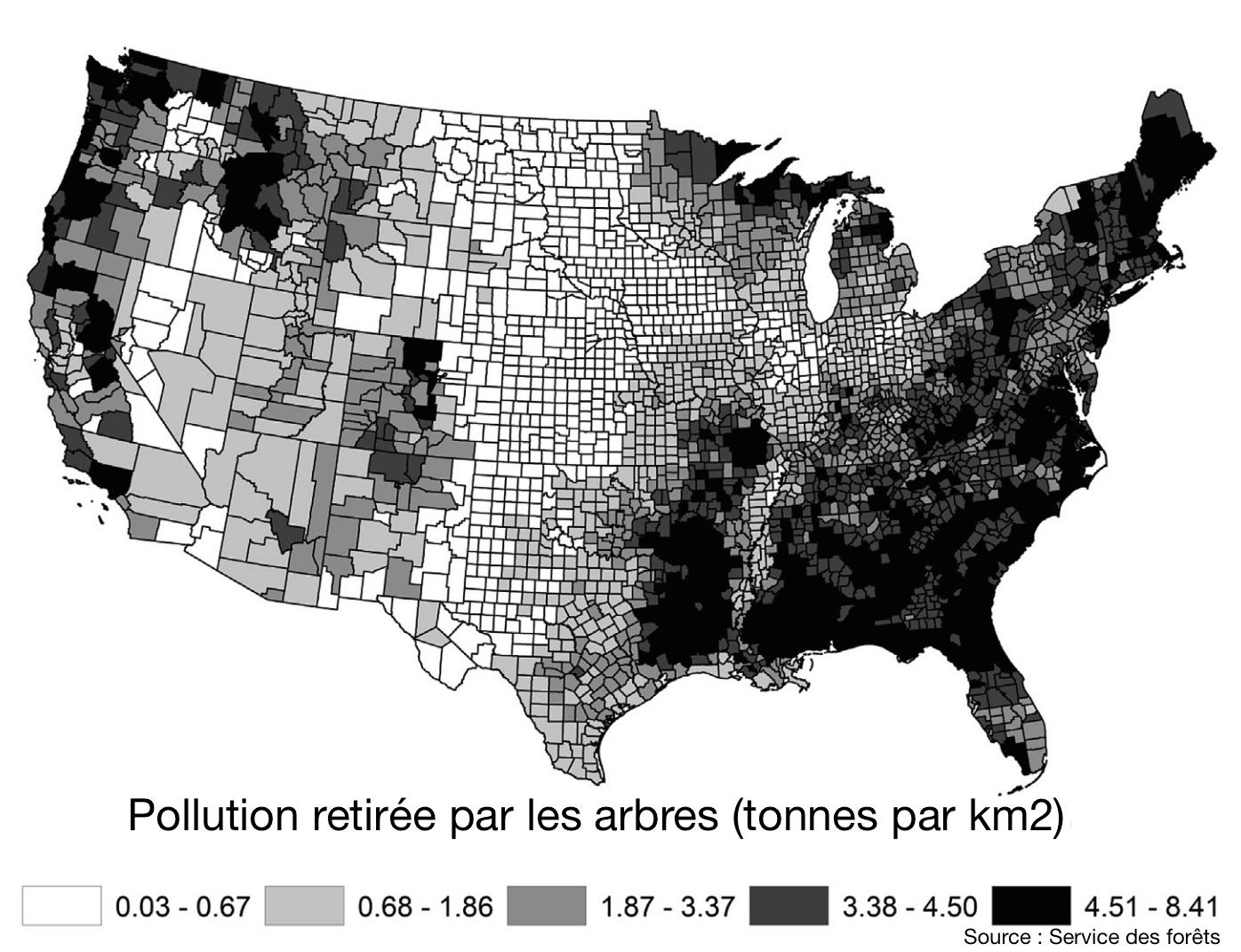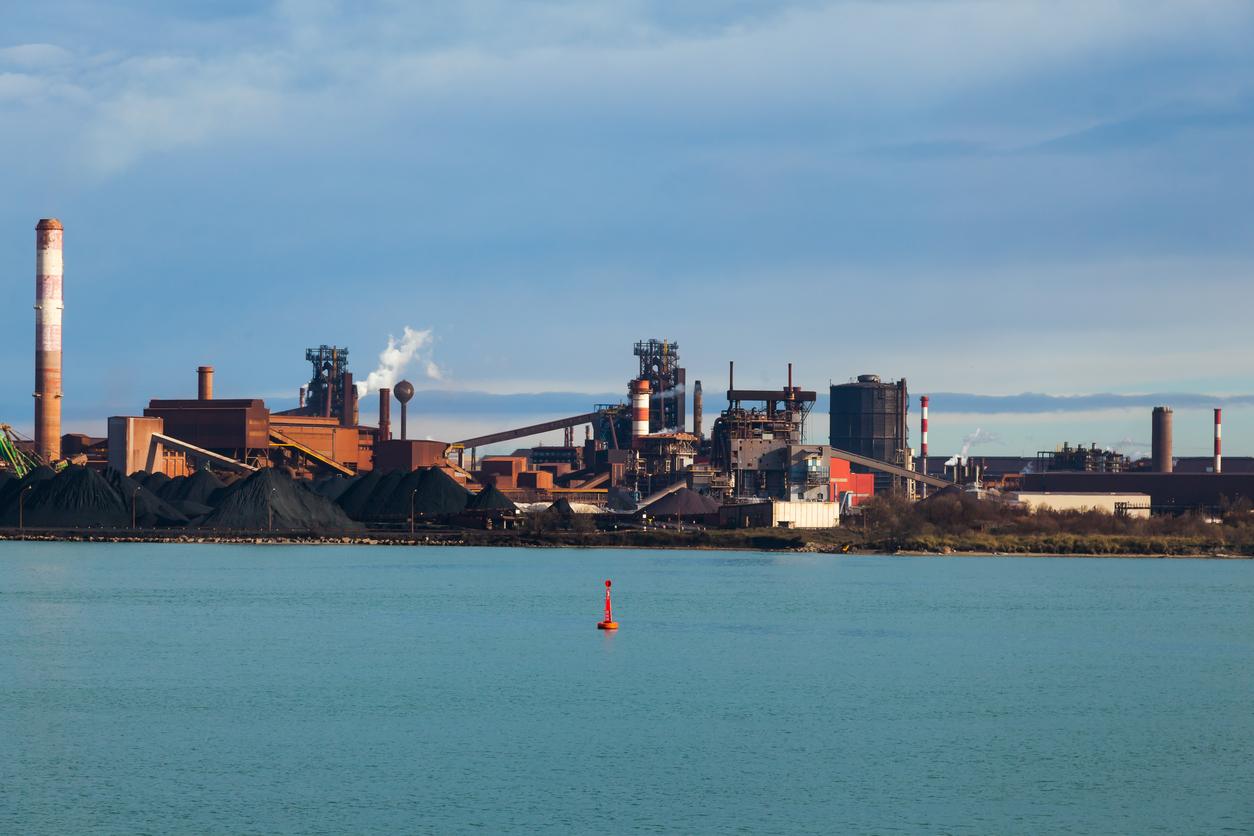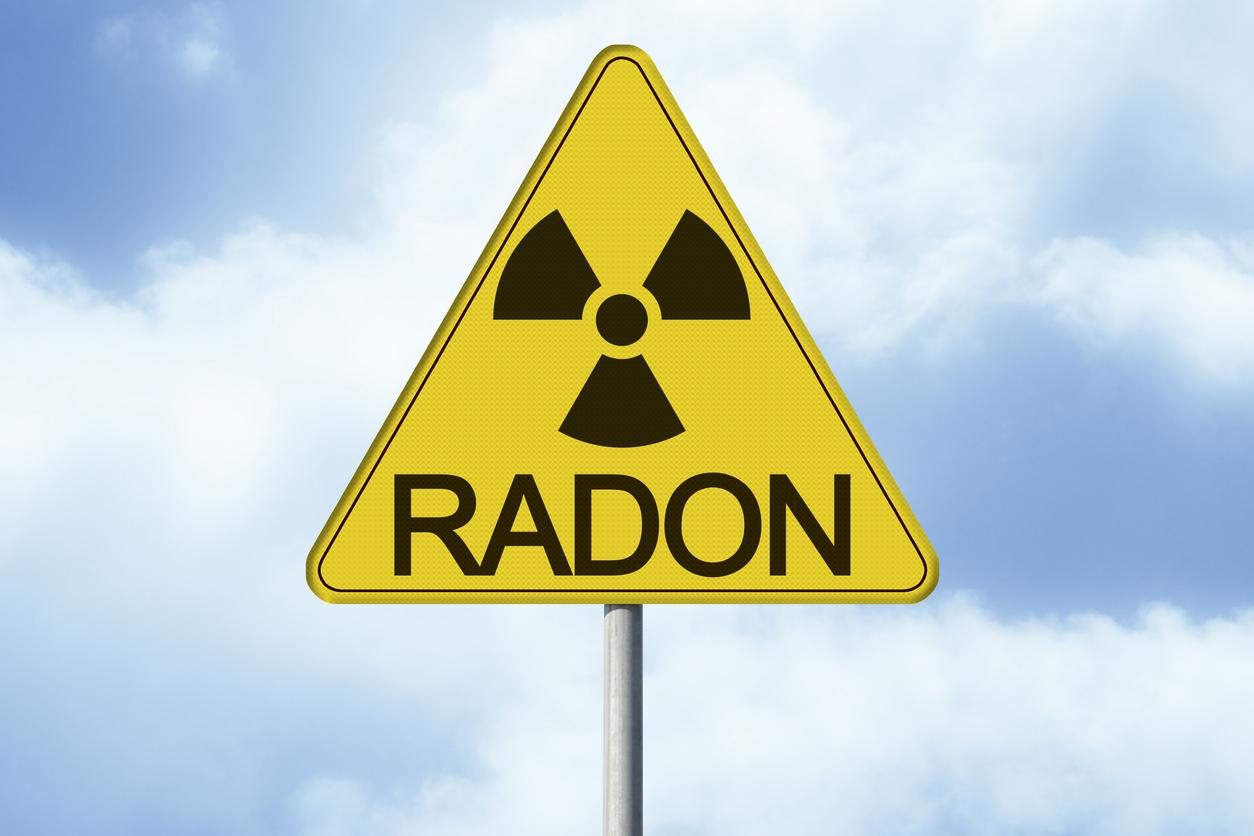Forests, in town and country alike, are beneficial and save lives every year. However, it is in urban areas that residents benefit the most according to a study.

The “lung of the planet” also preserves ours. According to a study by the United States Forest Service, published in Environmental Pollution (PDF link), forests and green spaces have a positive impact on air pollution and even more on our health. It is in the city that people benefit the most.
850 lives saved per year
In this study, a team from the United States Forest Service attempted to determine the impact of national forests on air pollution and the health of Americans. Because if we nickname the Amazon the “lung” of the Earth, forests of more modest size also benefit the populations. In the United States, they only reduce air pollution by 1%. But this reduction saves 850 human lives per year, and prevents 670,000 acute respiratory symptoms. In the end, this would save $ 7 billion in health spending.
To reach these conclusions, the researchers examined the concentration of 4 pollutants in the air (nitrogen dioxide, ozone, sulfur dioxide, fine particles), the concentration of forests and trees, and the health of the inhabitants. If, on average, the United States has 34% of forests, the proportion can vary from 2.6% in North Dakota to 88.9% in New Hampshire.

The greatest benefits in Manhattan
However, it is not so much the density of forests in a territory that counts, but rather who inhabits it. Thus, it is in rural areas that air pollution is the lowest, but it is in urban areas that habits benefit the most. “More than 80% of Americans live in cities, and this study highlights how essential urban forests are for everyone,” insists Michael T. Rains, director of the northern section of research in the Forest Service.
“In terms of impact on human health, trees in urban areas are much more important than trees in rural areas because of their proximity to people. We have discovered that in general, the stronger the tree cover, the more pollution is reduced, and the denser the population, the more beneficial for health, ”summarizes David Nowak, author of the study. For example, California is one of the most polluted areas, but it is also one of those that benefits the most from green spaces. And in terms of health savings, Manhattan – where we find the famous Central Park – holds the record.
However, trees can also degrade air quality, admit the authors of this study: they reduce the ambient temperature, which can boost energy consumption. But above all, they reduce wind speed, promoting the concentration of pollutants, and emit volatile organic compounds (VOCs), precursors of the formation of ozone and fine particles. It is therefore up to town planners to distribute buildings and green spaces harmoniously.
.















